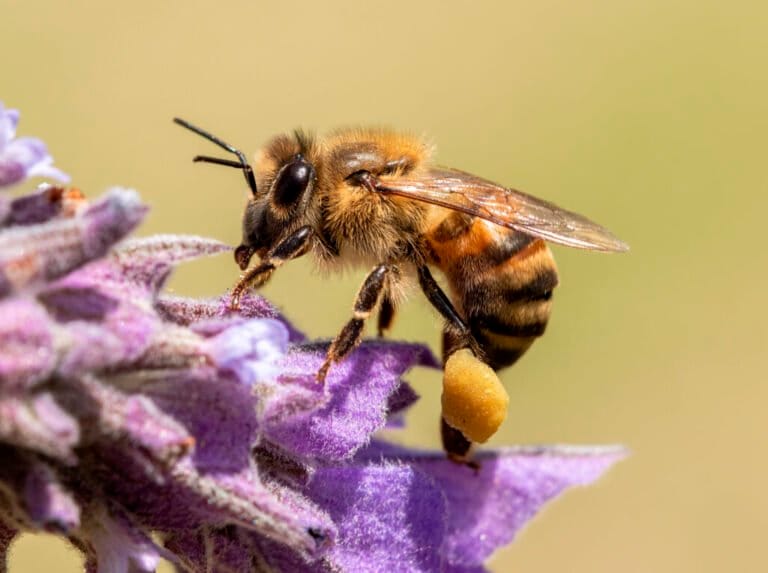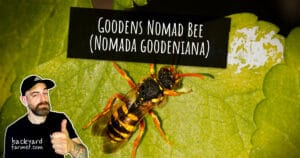Table of contents
How to Identify the Western Honey Bee
The Western Honey Bee has a golden brown body with black bands and fine hairs covering its thorax. It is commonly found in gardens, wildflower meadows, and agricultural areas, where it plays a crucial role in pollination.
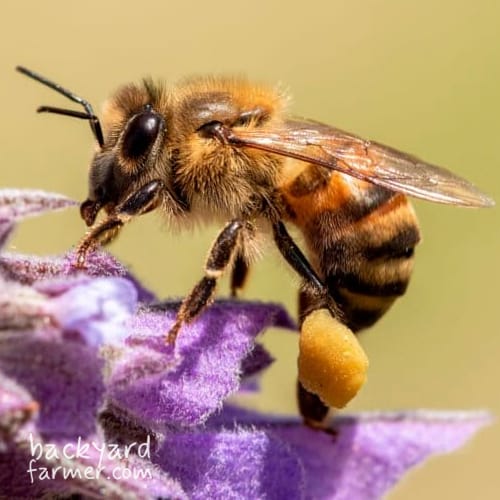
Physical Characteristics
- Queen – Larger than workers (15–20 mm), elongated abdomen, less hairy.
- Worker – 12–15 mm, smaller and more compact, with pollen baskets on hind legs.
- Male (Drone) – 15–17 mm, stockier with large eyes, lacks a stinger.
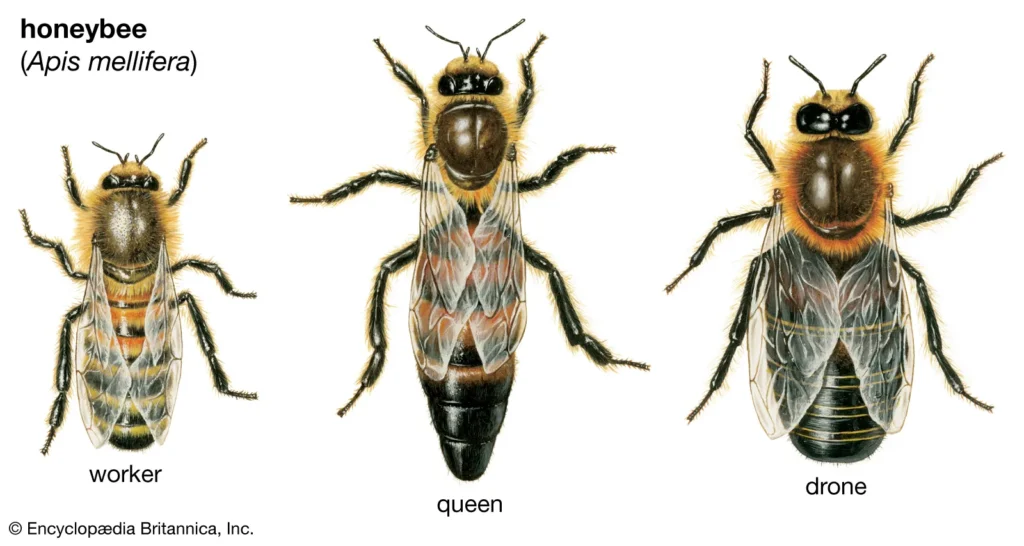
Image from Britannica
| Attribute | Details |
|---|---|
| Common Name | Western Honey Bee |
| Latin Name | Apis mellifera |
| Size | 12–20 mm |
| Location | Worldwide, native to Europe, Africa, and parts of Asia |
| Active Months | March–October (varies by climate) |
| Habitat | Woodlands, meadows, gardens, and managed hives |
| Nesting Behavior | Colonies in tree cavities, rock crevices, and man-made hives |
| Social Behavior | Highly social, living in large colonies with a queen, workers, and drones |
| Flora & Fauna | Prefers nectar-rich flowers such as lavender, clover, apple blossoms, and wildflowers |
| UK Status | Common |
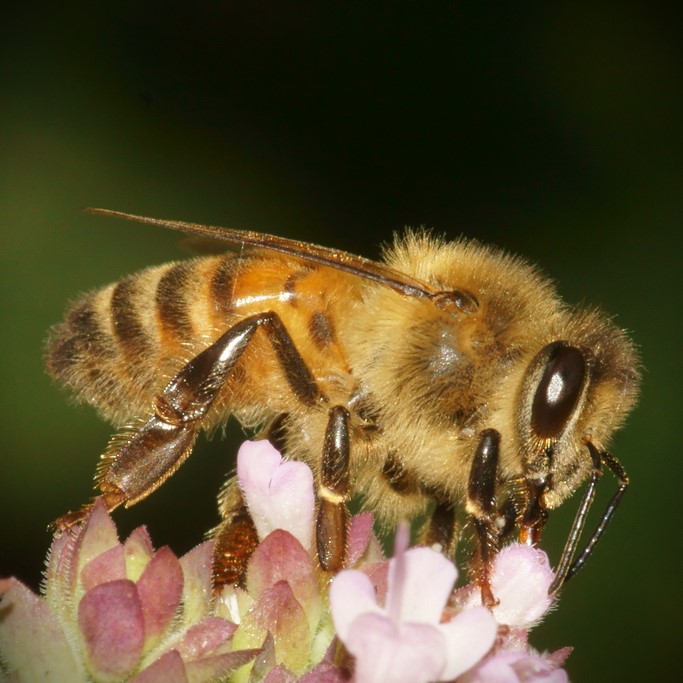
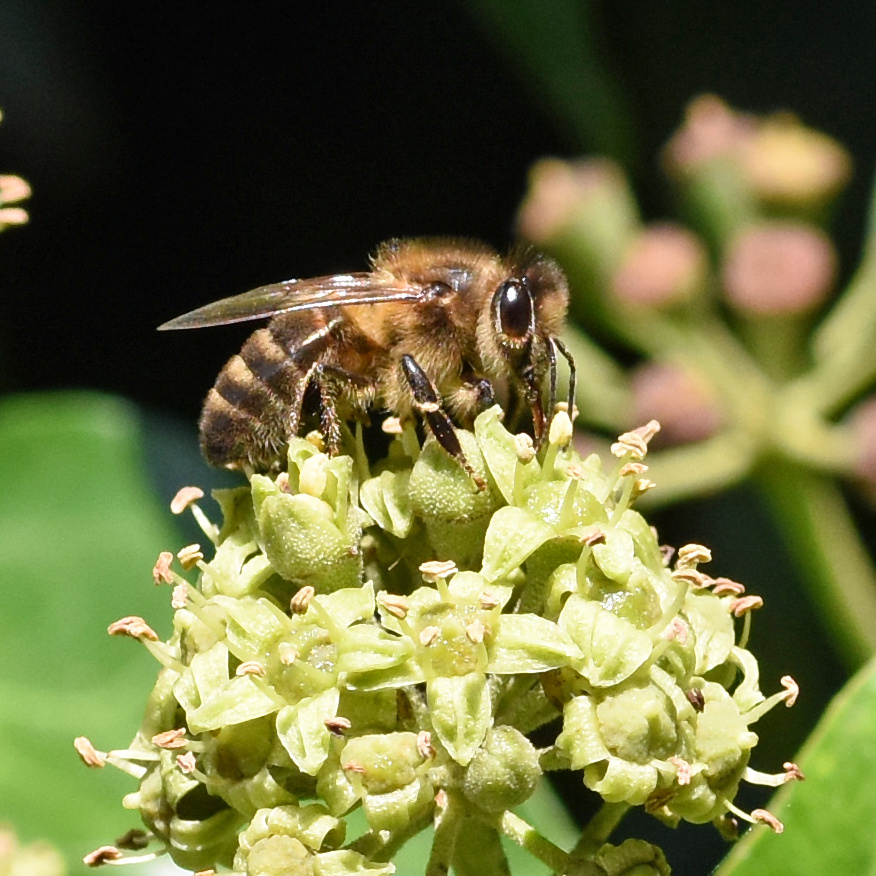
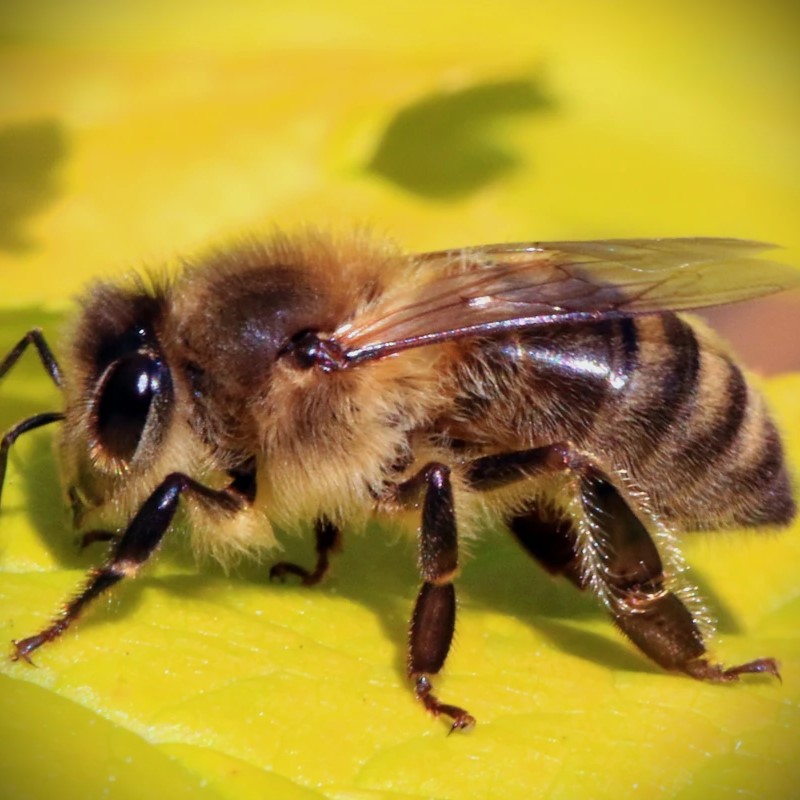
Similar Species
The Western Honey Bee is often mistaken for other bee species due to its size and coloration. Here’s how to differentiate it:
- Buff-Tailed Bumblebee (Bombus terrestris) – Larger and rounder with a dense fuzzy coat.
- European Dark Bee (Apis mellifera mellifera) – Darker coloration, native to Northern Europe.
- Hoverflies – Mimic honey bees but lack pollen baskets and have only one pair of wings.
Discover more about identifying UK bees in our Bee Identification Guide.
Why the Western Honey Bee Matters
The Western Honey Bee is vital for pollination, helping maintain biodiversity and supporting food production. Its role in sustaining wildflowers and crops makes it an essential species. However, habitat loss, pesticides, and diseases like varroa mites threaten its population.
How You Can Help
Protecting the Western Honey Bee ensures a thriving ecosystem. Here’s how you can support them:
Plant Bee-Friendly Flowers
- Lavender, clover, wild thyme, apple blossoms, sunflowers
Avoid Harmful Pesticides
- Neonicotinoids, glyphosate based herbicides, synthetic insecticides
Provide Nesting Spaces
- Support ethical beekeeping practices
- Plant diverse, nectar rich gardens
- Leave wildflower patches for foraging
Encouraging pollinator friendly gardening ensures that the Western Honey Bee and other beneficial species continue to thrive. Explore these WWF tips on creating a bee-friendly garden to support pollinators like the Western Honey Bee.
